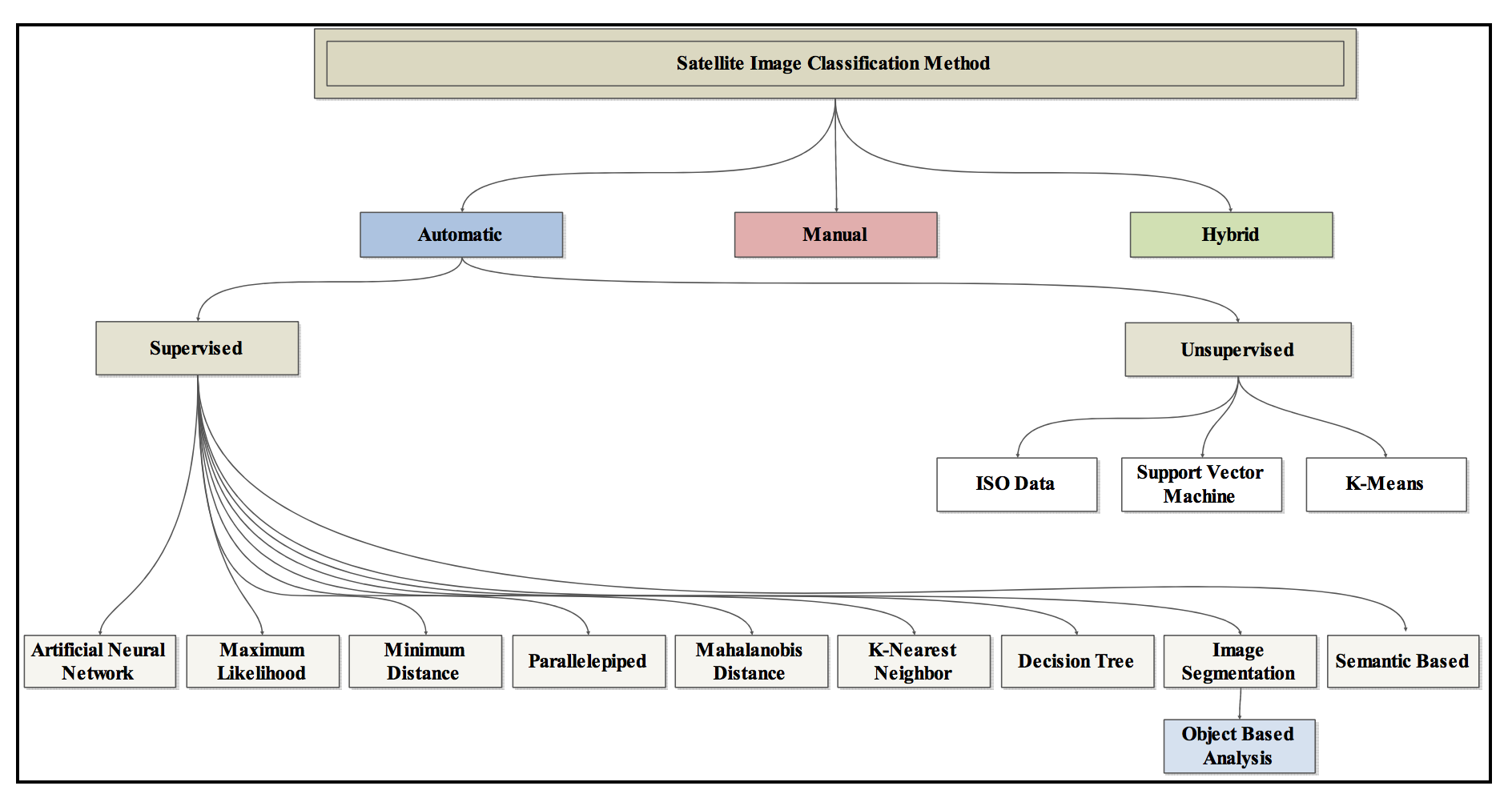
It puts all training examples to a root.In classifying data, the Decision Tree follows the steps mentioned below: It makes use of branching decisions as its core structure. A Decision Tree makes use of a tree-like structure to generate relationship among the various features and potential outcomes. The Decision Tree is a powerful non-linear classifier. Moreover, it is based on the most significant splitter/differentiator in input variables. In this technique, we split the population into two or more homogeneous sets. It works for both types of input and output variables. It is a type of supervised learning algorithm. predLbls – It is defined as the predicted labels according to the classification analysis. valClassL – It is termed as the labels of the validation set if not NULL.Ĩ. kernel – In classification analysis, we use a type of Kernel. By setting “Loo” or “LOO” a Leave-One-Out Cross-Validation which we have to perform.ĥ. kf – It is termed as the k-folds value of the cross-validation parameter.

valExemplObj – It is known as exemplars validation eSet object.Ĥ. classLabels – It is being stored in eSet object as variable name e.g “type”.ģ. trExemplObj – It is an exemplars train eSet object.Ģ.

Wait! Have you completed the tutorial on Clustering in Rġ. Support Vector Machines – It is a non-probabilistic binary linear classifier that builds a model to classify a case into one of the two categories.Īn example of classification in R through Support Vector Machine is the usage of classification() function:Ĭlassification(trExemplObj,classLabels,valExemplObj=NULL,kf=5,kernel=”linear”).K-NN Classifiers – Based on the similarity measures like distance, it classifies new cases.Naive Bayes Classifiers – A probabilistic machine learning model that is used for classification.Decision Trees – These are organised in the form of sets of questions and answers in the tree structure.


 0 kommentar(er)
0 kommentar(er)
